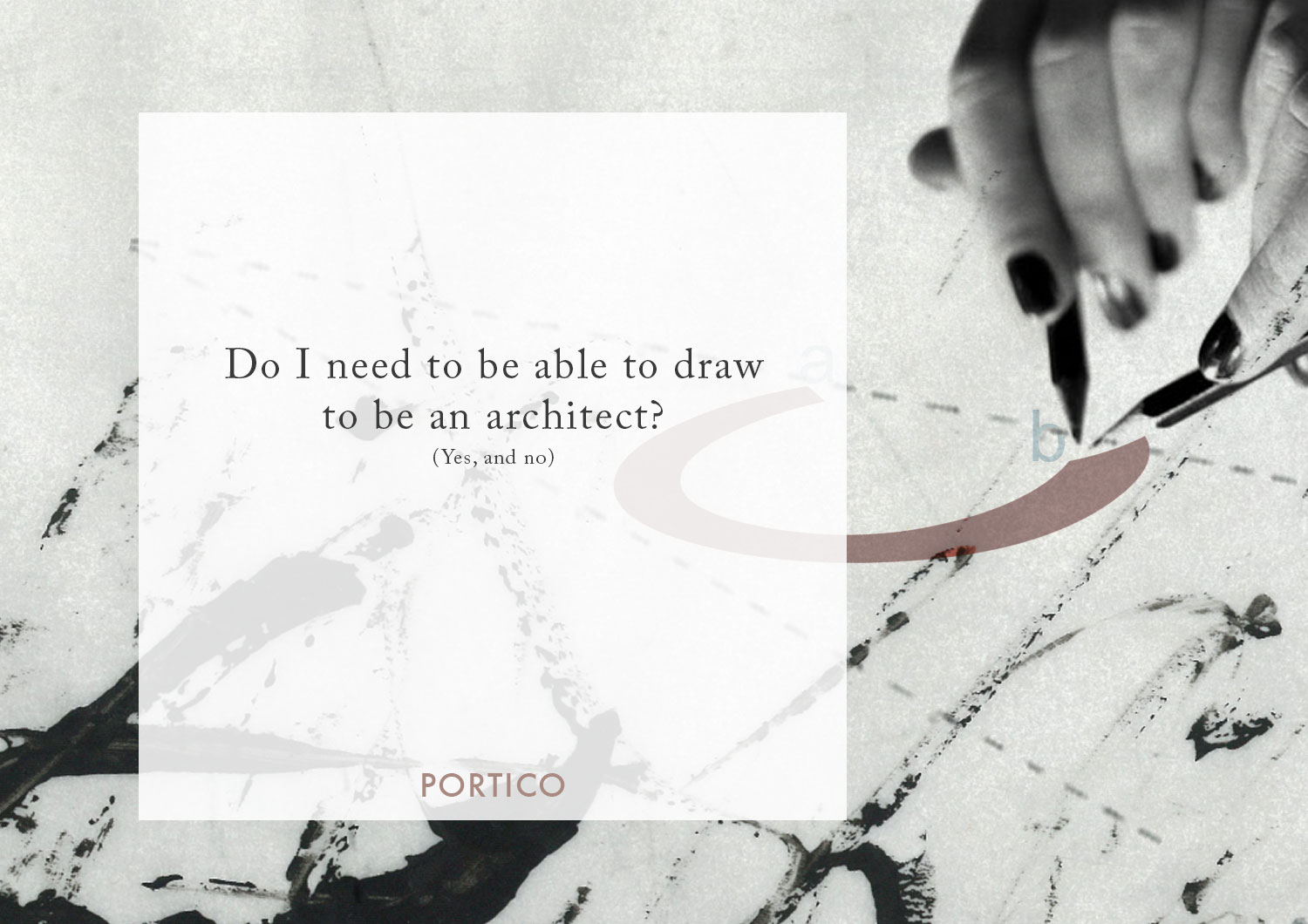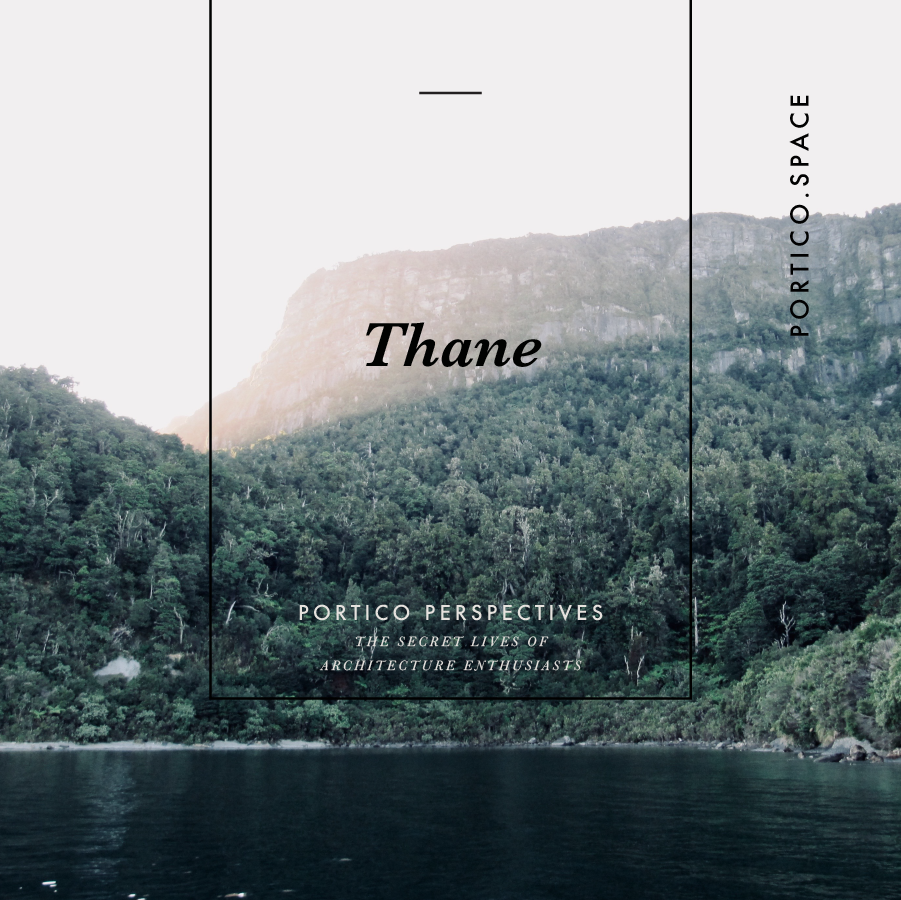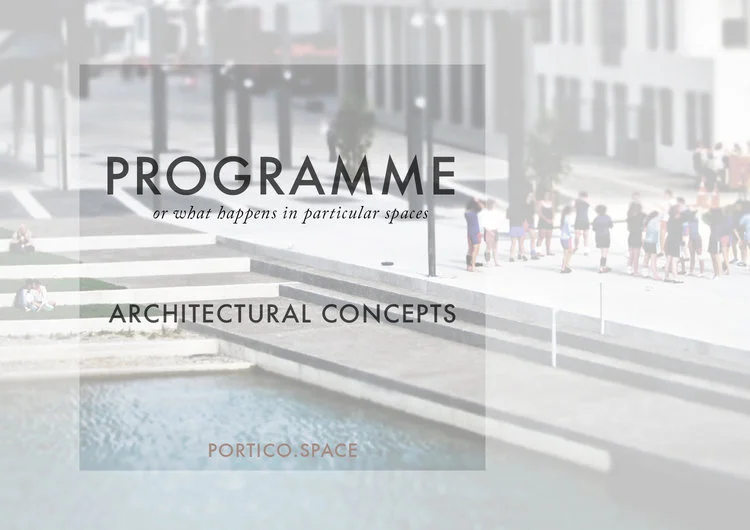DO YOU NEED TO BE ABLE TO DRAW TO BE AN ARCHITECT?
“You don’t need to be ‘good’ at drawing...but you do need to understand value of drawing as a tool for thinking and communicating.
”
One of the most vocal concerns students have about studying architecture is about drawing. It is usually louder than worries about physics and technical elements, writing, or presenting project and handling on board criticism. And this concern with drawing seems fairly widespread - even those who count themselves as being talented at art have concerns about technical drawing, or what they will be asked to produce at university.
So when people ask "don’t I need to be good at drawing to go to architecture school?” my response is often that they are asking the wrong question. The tasks architecture school will require you to complete will be vast, and drawing is just one of a number of skills which you will use to carry out your projects.
What you should be asking, is 'if I am going to go to architecture school, what unique mix of skills do I have, and how can I strengthen them while adding new skills to my base?' Now we can start thinking about how your ability in architecture is made up of many different skills, knowing how and when to use each, and how they integrate together.
No matter what your drawing background and talents with a pencil, it is useful to think about why architects draw - what the value of this skill is, and how it can integrate with other aspects of practice.
ARCHITECTS USE DRAWING AS A TOOL
1. Drawing as a tool for thinking
All architects who have developed their careers have been able to harness the power of a drawing to think through and capture their ideas. When they draw, they are usually more concerned about how good the idea is, rather than how good the drawing is. These drawings are usually made rapidly, on whatever drawing material is at hand, and can be almost indecipherable to others, after the fact.
2. drawing as a tool for communicating
Architects need to communicate their ideas to a range of different people: collaborators, clients, consultants, publics and contractors. Each of these groups have different relationships to an architecture project, and architects need to evaluate these needs and use different drawing types to communicate in the best way to each.
BUT, DO I NEED TO BE GOOD AT DRAWING?
Architecture is such a vast field, that there will always be people who are better than you are some things, and some aspects that you excel at. Certainly, having an understanding of the basics of drawing will be helpful in the transition from school to university. But it is also important to remember that drawing is a skill that sits beside other skills which make for a great architect: analysis, synthesis, creative problem-solving, sensitivity and understanding around peoples needs/wants,
So you don’t need to be ‘good’ at drawing. You don’t need to be able to produce works of fine art, photo-realistic drawings, or hand-drawn, intricately-detailed perspectives with ease.
But you do need to understand value of drawing as a tool for thinking and communicating, to be able to understand what others around you are drawing, and, most importantly, you need to be open to using drawing!
Drawing & University
Architecture is a broad profession, and the expectations and directions of universities reflects that.
Some university courses require a portfolio. Others don’t. Sometimes admission is based on drawing and graphic ability, other times not.
You need to think about what skills you do have, and how your personal skill set will allow you to engage with Architecture. Choose a school which best fits your skills and needs - but also be open to learning entirely new skills and expanding your existing skill set.
A good Architecture school will:
expose you to a vast range of different ways of drawing;
allow you to develop drawing as a skill;
allow you to understand what types of drawings are suitable for different situations;
encourage you to develop your thinking through drawing
encourage you to develop a personal ‘style’ of drawing.






